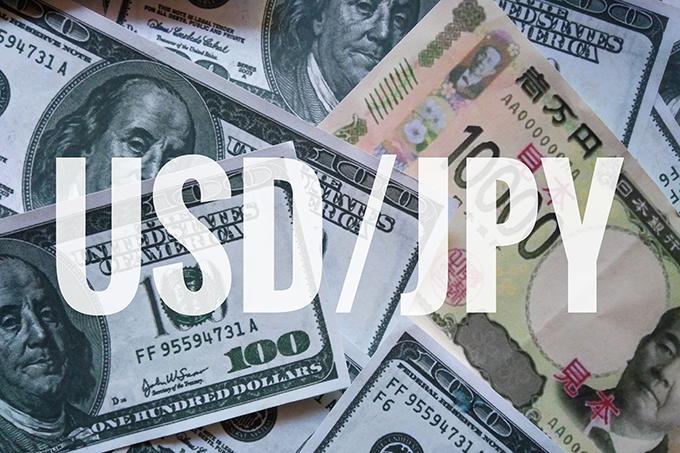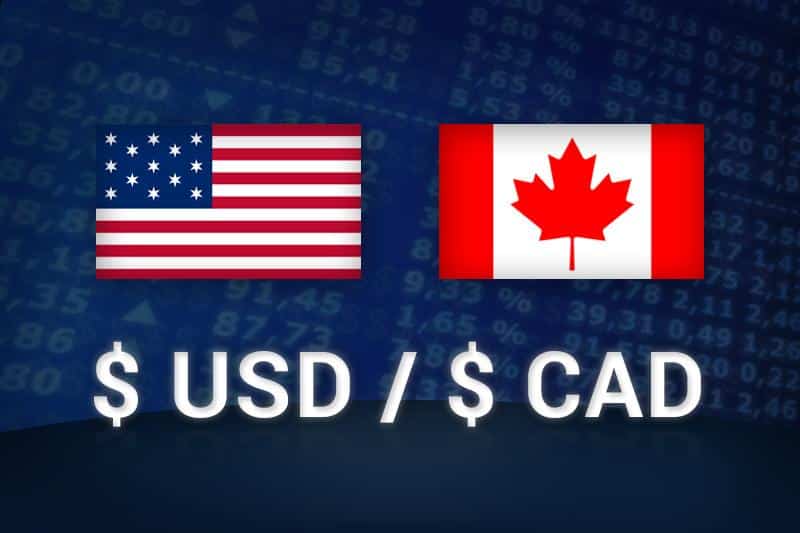Forex is home to several currencies that people look to profits from as prices fluctuate. While it is possible to place a trade on various pairs, some are much easier to profit from than others, given the high liquidity on offer, making it possible to profit from small price changes.
Major currencies
They stand out in part because they elicit the most interest and transactions. Likewise, they are native to the biggest and most stable economies; conversely, the high liquidity gives rise to ideal trading conditions.
The dollar accrues its edge, given the stability and the size of the US economy. Similarly, it is widely traded as a reserve currency, which plays a pivotal role in international trade. When grouped with another fiat, a major pair comes into being.
Such combinations attract the most transactions and come with low spreads, which attract most people given the reduced costs for buying and selling.
Such combinations attract the most transactions and come with low spreads, which attracts most people given the reduced costs for buying and selling.
The majors include the following pairs below.
EUR/USD
It consists of the euro and the greenback, which are native to two of the largest and most reputable economies worldwide, the Eurozone and the US economy. It accounts for more than 24% of all transactions that take place in the market daily.

People are fond of it given that it comes with low trading spreads, which reduce the cost of trading. High liquidity makes it possible to enter and exit positions with ease and at preferred price points. Being the most liquid also makes it possible to trade in large volumes.
Similarly, the EUR/USD is loved for scalping purposes as it is always susceptible to wild swings that make it possible to profit from small price changes.
The EUR/USD fluctuates in response to several things, key among them interest rates set by the two central banks, the ECB and the FED. Likewise, economic releases from the two blocks also influence trader’s sentiment conversion rates.
USD/JPY
It is the second most traded, accounting for more than 13% of trades in the market. It is made up of Japanese currency, the yen, and the greenback. It is known for its high liquidity and low spreads. High volumes also make it an ideal option for profiting through short-term trading strategies.

Its exchange rate is affected mainly by economic releases and policies by the Bank of Japan and the Federal Reserve. Interest rates set by the two central banks influence the yen’s value relative to the dollar and vice versa.
Economic releases from the two blocks influence trader’s sentiments as well as the underlying rate.
GBP/USD
It is made up of the British pound representing the UK economy and the greenback representing the US and first traded via telephone lines. It is also known for low spreads, high liquidity, and volume.

Being highly volatile, people leverage short-term strategies such as scalping to squeeze optimum profits. Similarly, it accounts for about 11% of transactions in the highly competitive marketplace.
Its price fluctuates as traders react to changes in interest rates initiated by central banks. Economic releases such as GDP data, Consumer price index, and the Non-Farm Payroll Report also influence trader’s sentiments, conversely, the exchange rate.
AUD/USD
AUD/USD is another commodity grouping that attracts many trading activities in the $6 trillion marketplace. It accounts for about 6% of daily forex trades by being a key player in commodity trades.

Commodity prices influence its exchange rate, given that Australia is a net exporter of precious metals, among other commodities. The country is best known for exporting iron ore, coal, and gold.
A spike in commodity prices often causes the AUD to strengthen relative to the dollar. Conversely, it sends the pair power. The reverse is also true. The exchange rate is also affected by interest rate differentials between the US and Australia.
USD/CAD
As a major, it accounts for about 5% of trading activities. It is a combination of the buck and the Canadian dollar, some of the world’s most stable and robust economies.

In contrast with others, oil prices influence its exchange rate greatly, given that Canada is a net exporter. Conversely, whenever oil prices rise, the exchange rate tends to decline as the CAD strengthens. The US dollar tends to weaken when oil prices are rising.
Similarly, the Bank of Canada and the FED’s policy measures also affect its exchange depending on how traders react. Economic releases that paint a picture of the two economies’ health affect the exchange rate.
USD/CHF
It accrues its edge as one of the most popular and traded currencies, given its safe-haven status. The Swiss financial system’s stability sees it attract many trades in times of increasing market volatility.

As a safe-haven, traders turn to USD/CHF to hedge against risks in the global economy. In times of market stability, it rarely sees strong interest from traders. Conversely, in times of heightened market volatility, it often drops as the Swiss franc strengthens against the dollar.
While it does not attract as many transactions as others, it accounts for about 5% of the market’s trading activities.
Bottom Line
Big economies native currencies account for the most transactions in the forex market. They are the most liquid, thus offering the ideal conditions for profiting from small price changes. High volatility on offer makes it possible to profit from the smallest price movements in addition to the high liquidity on offer.